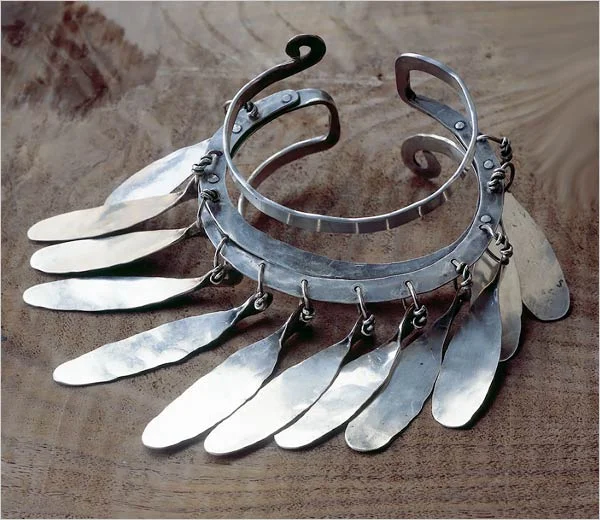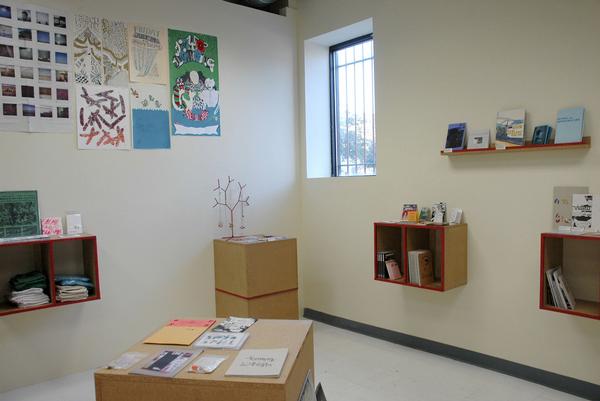Henrik Vibskov "The Visit" at MU
/Installation shot, Henrik Vibskov, "The Visit" at MU
A retrospective of the Danish designer Henrik Vibskov has just opened at MU in the Netherlands. An interesting space featuring art design and fashion exhibitions, MU has previously shown installations and performances by Cosmic Wonder and Susan Cianciolo.
In its unorthodox approach to exhibiting fashion, Vibskov’s exhibit entitled, “The Visit,” focuses on the designer's fashion presentations. More akin to performance art than traditional fashion shows, the presentations remind us of the increasingly blurred line between the two, particularly when it comes to avant-garde fashion. As a result, the exhibition-goer—or, according to the title of the exhibition, "the visitor"—becomes the performer of Vibskov's installation. Those are often interactive displays, that invite a range of activities, from music-generating cycling to lying down surrounded by disembodied giant breasts!
Thus, “The Visit”—an exhibition dedicated to the fashion show as opposed to actual dress—is a further reminder not only of the blurred line between fashion and performance, but of the centrality of image and spectacle in contemporary fashion. Francesca
Interactive Installation, (Music-bycicling and other instruments), Henrik Vibskov, "The Visit" at MU














